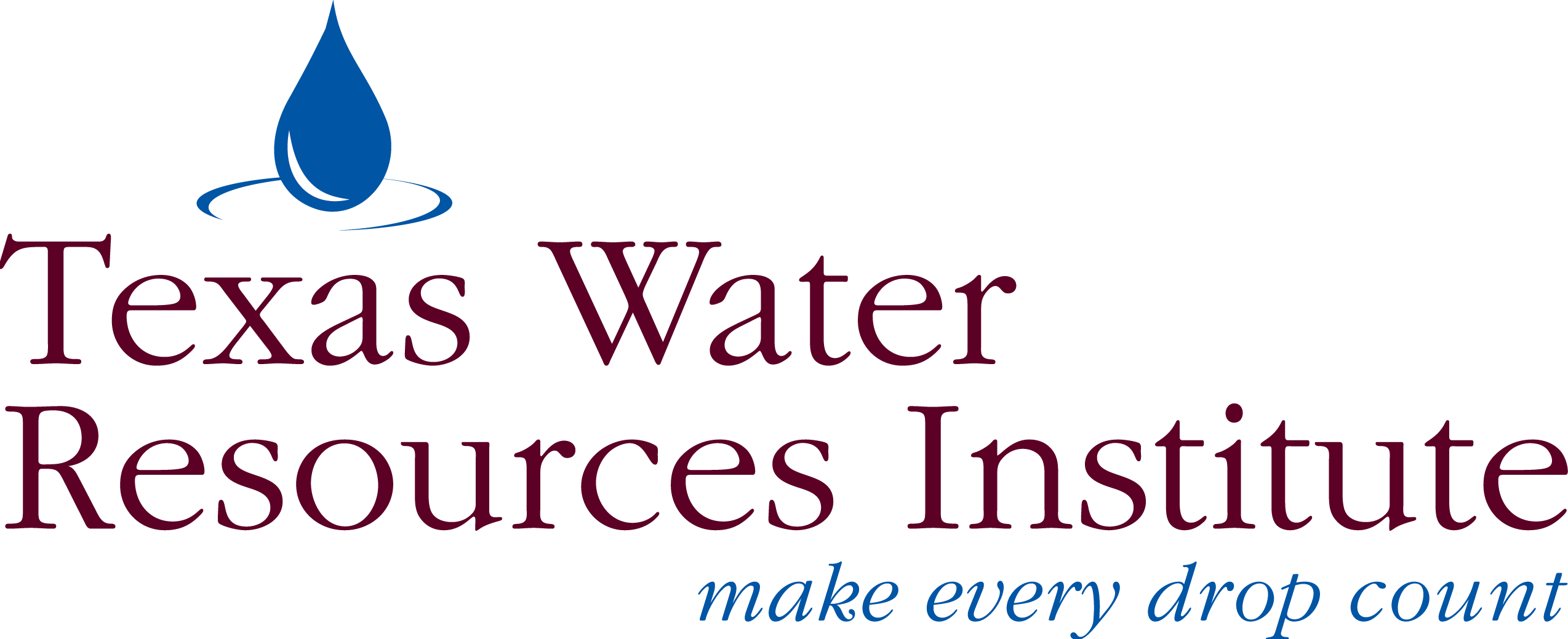2012 Education Materials
EM-115 Status and Trends of Irrigated Agriculture in Texas
Authors: K. Wagner
Irrigation is critical to our food production and food security and is a vital component of Texas’ productive agricultural economy. Texas ranks third in the United States in both agricultural acres irrigated and irrigation water applied. Significant advances have been made in irrigation efficiency; however, challenges remain. The following information is drawn primarily from data and reports published by the Texas Water Development Board, the U.S. Department of Agriculture National Agricultural Statistics Service, and Texas A&M University. Together these sources provide valuable perspective on the status and trends of irrigated agriculture in Texas.
EM-114 Bacteria and Surface Water Quality Standards
Authors: A. Berthold
Section 303(d) of the Clean Water Act requires that each state set water quality standards to ensure all uses of a water body have the appropriate water quality. Some of those uses include aquatic life, drinking water, recreation and other general uses. Standards are also used to assess water quality from permitted dischargers such as Municipal Separate Storm Sewer Systems (MS4s) and Wastewater Treatment Plants (WWTPs). If water bodies do not meet water quality standards, as evidenced by monitoring results, then water bodies are placed on the Texas Integrated Report for Clean Water Act Sections 305(b) and 303(d) list.
EM-113 Best Management Practices (BMPs) and Water Quality Parameters of Selected Farms Located in the Arroyo Colorado Watershed
Authors: A. Berthold, J. Enciso
Excess water from various landscape activities in the Lower Rio Grande Valley are drained through the Arroyo Colorado eventually emptying into the lower Laguna Madre. The Laguna Atascosa National Wildlife Refuge and several county and city parks are located within the Arroyo Colorado watershed. The watershed is also the habitat of several semi-tropical plants and animal species. The Arroyo Colorado also boasts many recreational opportunities and attracts a large number of tourists annually. Agriculture, municipal and industrial activities are all contributors to water quality issues and impairments in the Arroyo Colorado watershed. The main concern coming from agriculture are chemicals such as fertilizers and pesticides that can be carried with the irrigation water through runoff and deep percolation. Agricultural producers can improve the water quality of the Arroyo Colorado by implementing best management practices (BMPs) that reduce nonpoint source (NPS) pollution from agricultural lands. Several demonstrations, one further described below, have been developed since 2006 to characterize the water quality of irrigation and runoff water and to evaluate the effectiveness of BMPs on water quality at the field and sub-watershed level. These activities have been conducted in an effort to implement the Arroyo Colorado Watershed Protection Plan and achieve its goals of reducing pollution from various sources, one of those being agriculture.
EM-112 Approaches to Watershed Planning in Texas
Authors: A. Berthold
Water is used for various purposes, whether it is for drinking, swimming, fishing, irrigating or any other reason. To meet the needs of all these uses, the state is required by Section 303(d) of the Clean Water Act to set standards and put forth efforts to clean up waters that do not meet the standards. The Clean Water Act also requires states to compile a list of water bodies that do not meet the standards for these uses, known as the 303(d) List, and to update the list every two years.
To address impaired water bodies, Texas utilizes a variety of methods that result in plans to restore water quality. Two of the most common methods for developing plans to restore water quality are 1) a Total Maximum Daily Load (TMDL) paired with an Implementation Plan (I-Plan) and 2) a Watershed Protection Plan (WPP).
EM-111 Bacterial Source Tracking: Learn why Bacterial Source Tracking is the foremost tool for identifying sources of fecal pollution
Authors: G. Di Giovanni, L. Lee, B. VanDelist
There are 273 bacterially impaired water bodies in Texas. Identifying and assessing sources of these bacteria — E. coli, Enterococcus, fecal coliforms — is critical to properly determining risk to water recreation, developing effective watershed restoration strategies such as watershed protection plans (WPPs) and total maximum daily loads (TMDLs), and efficiently targeting management measures.
EM-110 Bacterial Source Tracking: An introduction for laboratories and public agencies to the foremost tool for identifying sources of fecal pollution
Authors: G. Di Giovanni, L. Lee, B. VanDelist
According to the 2010 Texas Integrated Report, there are 303 bacterially impaired waterbodies in Texas. Nonpoint sources (NPS) of pollution greatly affect water quality. Identifying and assessing sources of fecal pollution is a key component in effectively implementing a NPS pollution management program. Proper evaluation of these sources is needed to properly assess risk in contact recreation, target best management practices, and develop effective watershed protection plans (WPPs) and bacterial total maximum daily loads (TMDLs).
EM-109 The Pond Destroyers: Common and Giant Salvinia (brochure)
Authors: L. Gregory, M. Masser
Salvinias are non-native, floating aquatic ferns. There are two species of salvinia in Texas, common salvinia (Salvinia minima) and giant salvinia (Salvinia molesta). While giant salvinia has been called the worst or most invasive aquatic plant in the world, common salvinia is also very invasive and problematic. Both salvinias can double in size within a week or less with good summer growing conditions. The salvinias are native to South America and were imported into the United States by the water garden and aquarium industries. Common salvinia was first noted in Texas in 1992 and giant salvinia in 1998. Since then the salvinias have covered tens of thousands of acres of public and private waters in Texas.


